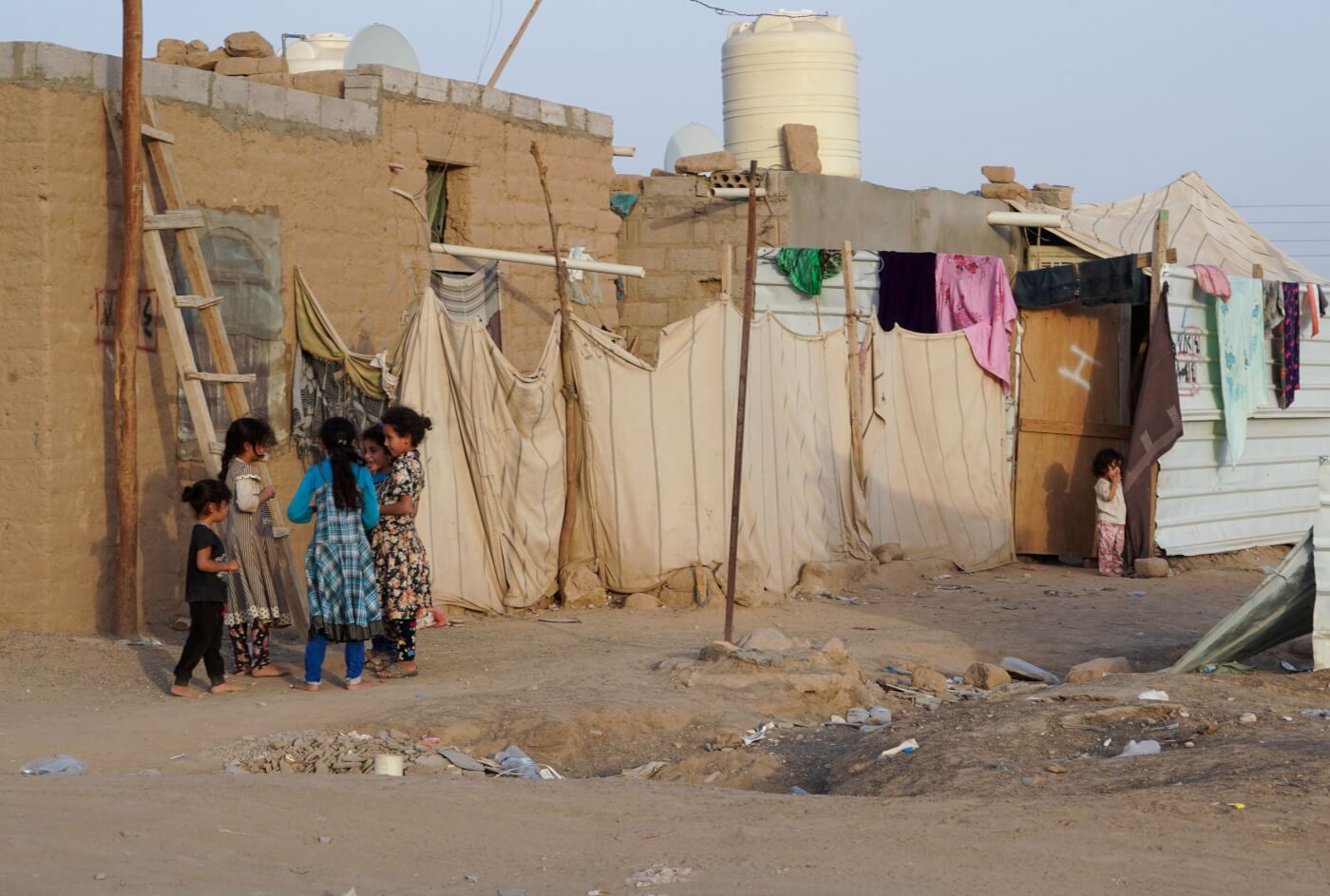Fifty-five million people were living in internal displacement at the end of 2020, according to the International Displacement Monitoring Centre’s (IDMC) annual Global Report on Internal Displacement.
The highest annual figure in a decade, the report analyses the growing impact of climate change and highlights the connection between natural hazards and conflict induced displacement.
In 2020, of the 55 million displaced people, 48 million were so due to conflict, a record figure. Upsurges in violence in Sub-Saharan Africa coupled with long standing conflicts in the Middle East have helped create an unprecedented global displacement crisis. Alexandra Bilak, Director of the IDMC said that:
“Conflict, violence and disasters continue to uproot millions of people from their homes every year. Never in IDMC’s history have we recorded more people living in internal displacement worldwide than we do today.”
The report states that 7 million people were displaced as a result of natural disasters in 2020, with the vast majority climate change related. Rising global temperatures have increased the frequency and severity of floods, storms, earthquakes and forest fires, with Cyclone Amphan alone displacing 5 million people across Bangladesh, Bhutan, Myanmar and India.
The number of new displacements (the number of movements by displaced individuals during 2020) as a result of climate change outnumbered those escaping conflict by more than three to one. Niels Annen, German Minister of State at the Federal Foreign Office said that:
“More people are displaced by disasters than conflict and violence. It is therefore essential to better address the protection needs of climate-displaced people”
Raouf Mazou, UN Assistant Secretary-General, raised concerns about the ability of displaced people to return, stating that:
“In climate-vulnerable regions, frequently hit by natural disasters, refugees and internally displaced people are not only disproportionately affected, but their chances of returning home as a solution to their plight also diminish.”
The importance of providing safe and suitable environments as a prerequisite for the return of displaced people has been stressed repeatedly by human rights advocates.
In recent months, the Danish government has continued with plans to deport dozens of Syrian families to Damascus and surrounding areas despite experts repeatedly stating that conditions for return do not currently exist anywhere in the country.
Russian forces and their affiliated militias have also been facilitating the returns of hundreds of displaced Syrians. Taking them from poorly maintained camps back to their now extensively destroyed homes, more than 50 families have been returned to the Lajat region where basic water and power services are scarce.
The unprecedented figures and information highlighted in the IMDC’s report provides further evidence of the expanding displacement crisis. National governments and NGOs must use the findings of this report to generate suitable means of prevention and response.

